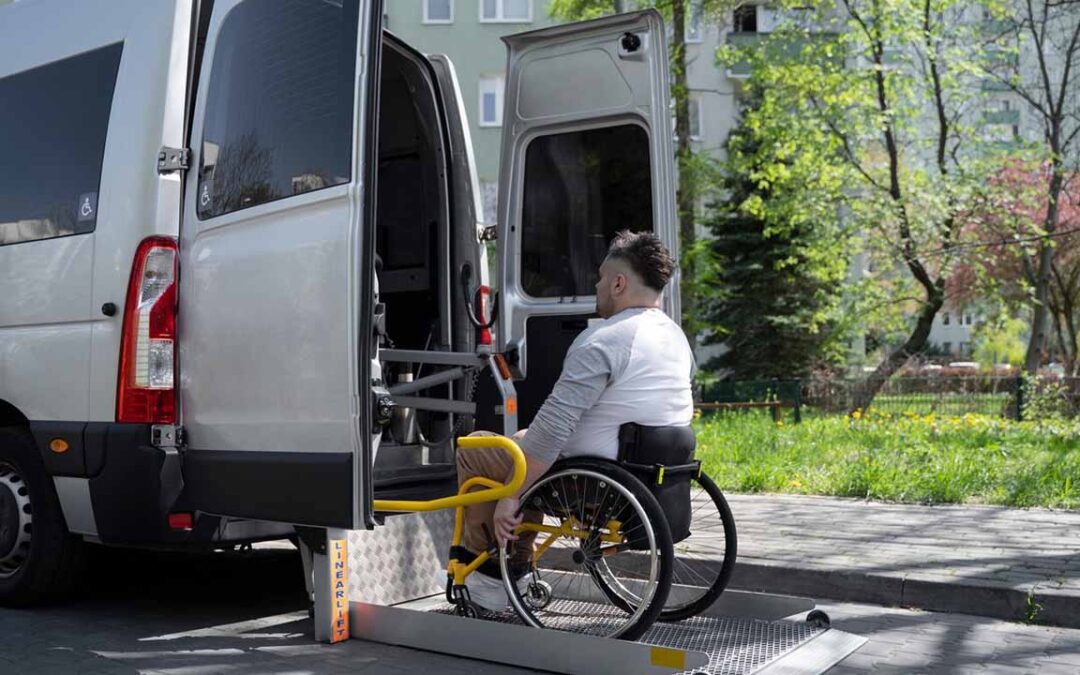Mobility challenges shouldn’t stand in the way of independence or safe travel. For many people with physical disabilities, wheelchair accessible vehicles (WAVs) are essential for maintaining autonomy and participating fully in daily life. Whether you’re a caregiver, a family member, or someone with reduced mobility, understanding how these vehicles work can make a significant difference.
In this article, we explore what WAVs are, their key features, how they differ from regular vehicles, and why they are critical to ensuring accessibility and inclusion across the UK.
1. What Is a Wheelchair Accessible Vehicle?
A wheelchair accessible vehicle is specifically designed or adapted to accommodate a wheelchair user. Unlike standard vehicles, WAVs are modified to ensure ease of entry, exit, and secure travel without the need to leave the wheelchair.
There are various types of handicap accessible vehicles ranging from small cars and vans to larger minibuses and taxis. Some are permanently adapted, while others can be temporarily converted to meet the user’s needs. Popular models include converted versions of vehicles like the Peugeot Rifter, Ford Tourneo, and Volkswagen Caddy.
2. Key Features of Wheelchair Accessible Vehicles
Here are some of the main components you’ll find in a WAV:
Ramps or Lifts
WAVs are fitted with manual or electric ramps or hydraulic lifts to help users enter or exit the vehicle. Rear-entry and side-entry options are available, with rear-entry being common in the UK due to tighter urban spaces.
Lowered Floors
The interior floor of the vehicle is often lowered to allow greater headroom and accessibility for wheelchairs. This also makes the ramp gradient more manageable.
Tie-downs and Restraints
Wheelchairs are secured using tie-downs, straps, or docking systems to prevent movement during travel. A separate seatbelt is also provided for the passenger’s safety.
Spacious Interiors
Wheelchair accessible vans designed with extra space to ensure comfort for wheelchair users and any accompanying passengers, including caregivers or family members.
3. Who Uses Wheelchair Accessible Vehicles?
WAVs are suitable for:
- Individuals with permanent mobility impairments
- Elderly passengers with limited movement
- Temporary injury recoveries
- Transport providers offering handicap taxi near me services
- Care homes and hospitals that need group transportation options
These vehicles can be either privately owned or part of a professional fleet, depending on the user’s lifestyle and mobility requirements.
4. How Do They Work Day-to-Day?
For private users, a WAV functions like any other personal vehicle but with additional safety checks and setup routines:
- Deploy the ramp or lift depending on entry style
- Position the wheelchair securely
- Attach the tie-down system and lap/shoulder belts
- Confirm comfort and safety before starting the journey
Public WAVs, like a handicap taxi near me, trained drivers assist passengers with boarding and securing their mobility devices. Most WAV taxis in the UK are licensed and fitted with automatic systems for ease and safety.
Also, read more about the Wheelchair Taxi Booking Ting Taxis
5. Benefits of Wheelchair Accessible Vehicles
- Freedom and Independence: WAVs allow individuals to travel without relying on others to lift, assist, or operate public transport systems.
- Safety and Security: With professionally installed tie-downs, seat belts, and crash-tested conversions, WAVs prioritise safety for all occupants.
- Social Inclusion: Being able to attend events, appointments, or leisure activities means users can lead more fulfilling, socially active lives.
- Customisation: Users can often customize WAVs based on their unique needs, such as joystick driving systems, voice-controlled doors, or ramp extensions.
- Enhanced Quality of Life: Mobility empowers individuals to pursue work, education, and personal goals, improving confidence and mental well-being.
6. Regulations and Standards in the UK
In the UK, all WAVs must meet certain legal and technical standards to ensure roadworthiness and user safety:
- M1 Passenger Vehicle Category for carrying people rather than goods
- Wheelchair tie-down and occupant restraint systems (WTORS) approved by safety standards like ISO 10542
- Annual MOT testing, even for new WAVs
- DVSA or local authority licensing for WAV taxis
- Public Liability Insurance for companies offering WAV transport services
Local councils may also regulate WAV taxi operators, including checking whether drivers have completed disability awareness training.
Final Thoughts
Wheelchair accessible vehicles are more than just modified cars; they represent freedom, dignity, and inclusion. Whether you’re considering purchasing a private WAV or looking for a “handicap taxi near me,” understanding how these vehicles operate is the first step towards improving mobility for yourself or a loved one.
With technology advancing and accessibility becoming a national priority, the future of WAVs in the UK is looking increasingly inclusive, comfortable, and efficient. From custom-built interiors to automatic lift systems, today’s WAVs cater to every aspect of user comfort and convenience.
If you’re exploring your options, connect with a trusted UK WAV dealer or local authority to find the solution that fits your lifestyle.
